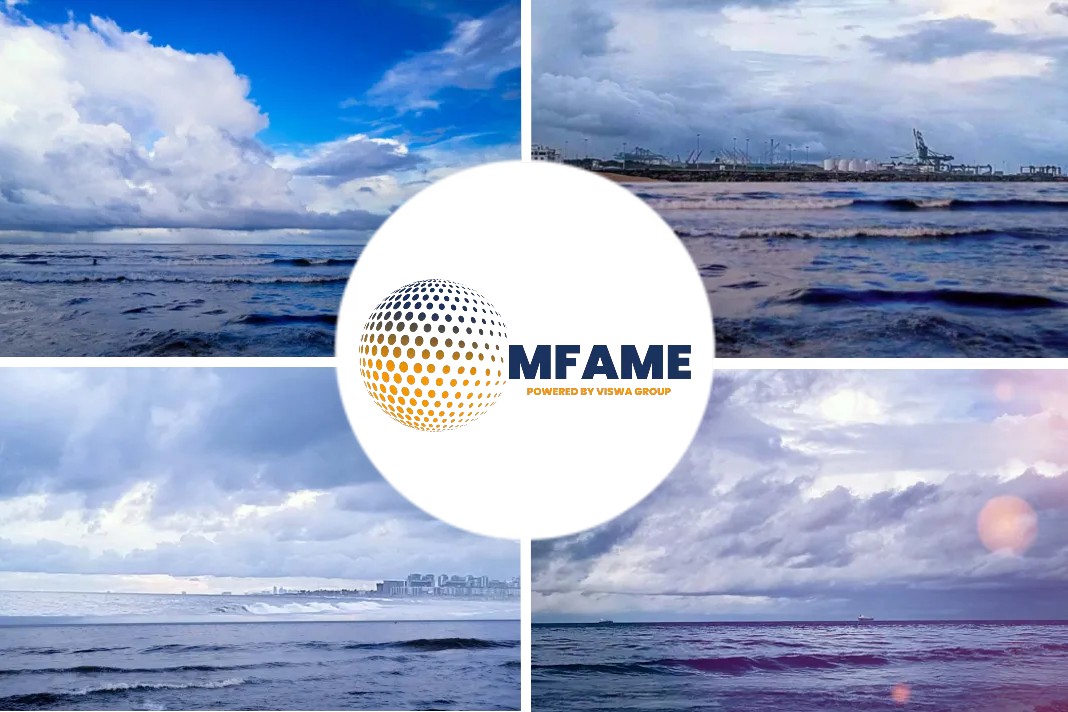- Reduced wharf-side vessel movement
- Safety of linesmen, shore personnel, vessel and port ensured
- Risks associated with existing mooring arrangements
- Advantages of New ShoreTension mooring system
- Half an hour to moor a ship
New Shore Tension mooring system
Eastland Port has invested $1 million in new technology to reduce wharf-side vessel movement and help ensure the safety of linesmen, shore personnel, the vessel and the port itself. General manager of Eastland Port Andrew Gaddum says the investment is safety-driven.
The new ShoreTension mooring system arrived on July 24 and was used to moor ships a day later with the help of experts from the company that made it.
Risks associated with existing mooring system
“There are significant risks associated with mooring and maintaining vessels in port during adverse weather and when there are long-period waves.”
Disruptive wave patterns in the harbour can have the effect of moving ships alongside the port and once ships start moving, the momentum is extremely dangerous for staffs, the vessel and shoreside infrastructure.
Advantages of New mooring system
Mr Gaddum said, “Several different mooring arrangements and technologies were considered, with the ShoreTension mooring system the most preferred”.
Veteran linesman Winston Wanoa works for Right Track Security Services at Eastland Port. He and 11 linesmen and women perform the technical and challenging job of tying ships up alongside the wharf.
Ships have always needed at least four mooring lines from the shore, and it could take up to two hours to moor a ship, he says. Now ships need just one ShoreTension mooring line run from the shore. Mr. Gaddum also said, “With a bit more practice, it will take only half an hour to moor a ship. It’s the most significant leap forward in technology I’ve seen during my time and it’s much safer for everyone.”
Mr Wanoa says it’s the differences in tension between the different mooring lines that cause a ship to move and potentially, a mooring line to snap. Vessel movement and line tension can be monitored on a phone.
Did you subscribe for our daily newsletter?
It’s Free! Click here to Subscribe!
Source: Eastland Group















![[Watch] Crazy Power Needed to Move World’s Largest Containerships](https://mfame.guru/wp-content/uploads/2023/11/mfame-tanker-100x70.jpg)

